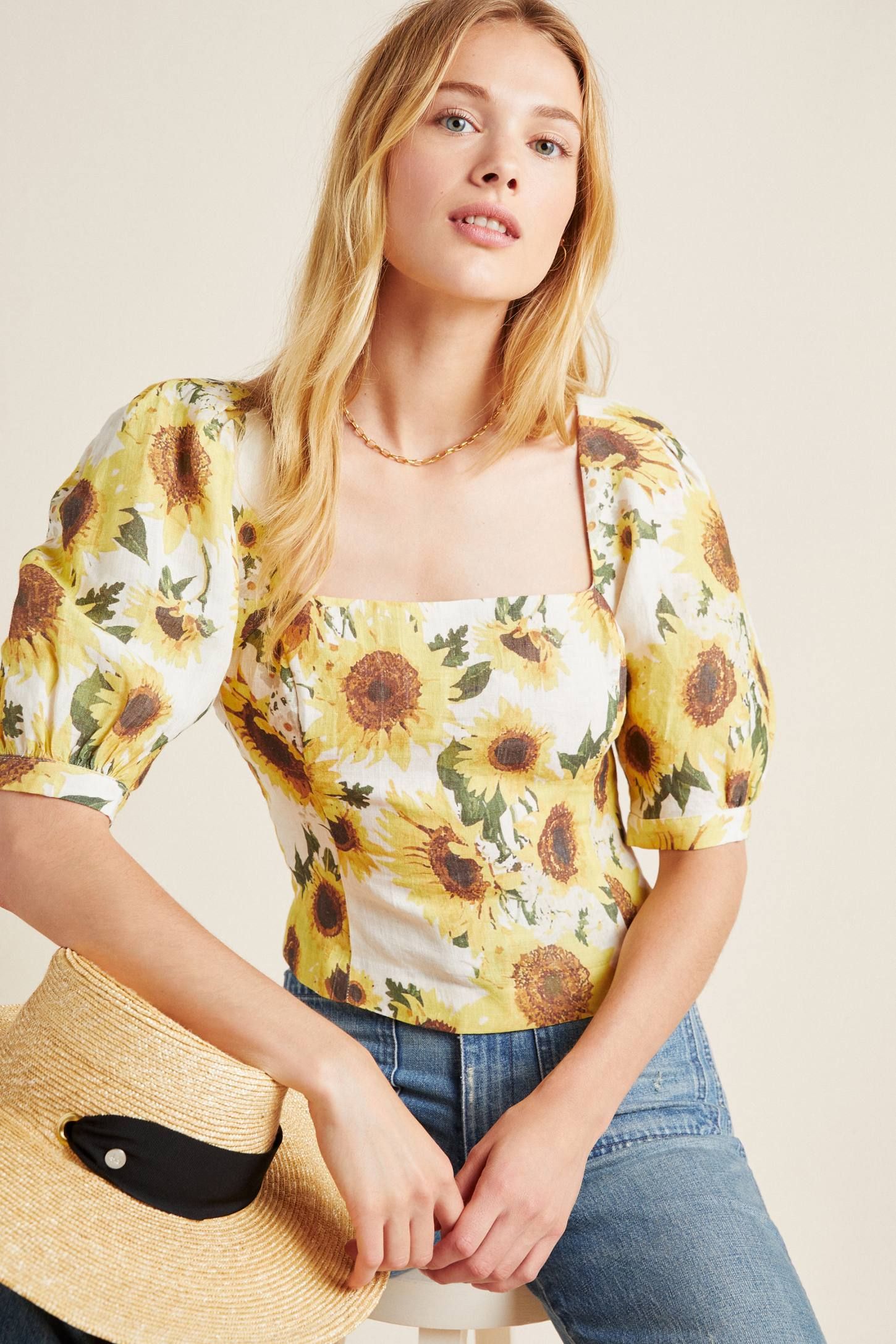Products You May Like
For Tracy Reese, it’s been a minute.
The American fashion star has been in the game for 35 years, first working with French couturier Martine Sitbon, then being hand-picked by Marc Jacobs to be the design director at Perry Ellis. (Yes, Reese was there for the beloved #grunge moment…) By 1998, she had her own womenswear label; five years later, it was making tens of millions in revenue. And then she stopped it all.
“I needed to go back to my old-school roots,” says Reese, one of the CFDA’s first black female board members. And so she pressed pause in 2017, after regularly dressing Michelle Obama, Taylor Swift, and Oprah Winfrey. “I didn’t like what was happening with the production cycle—everyone wants their clothes fast and cheap, and that’s irresponsible. It causes real damage to our planet, to our economy, and to so many people. I wanted to be part of the design process again, from start to finish. And I wanted the cycle to slow the hell down.”
In a move ripe for a Netflix sitcom, Reese returned to her hometown of Detroit and began to set up her life—and her business—anew. “It’s a super scary thing to pull out of the public eye,” Reese admits, “because in fashion, your identity is so connected to your brand. If it were five or ten years ago, I probably wouldn’t have done it, but at this point in my life—thankfully—I’m not super-concerned about what people think about me. And I’m one of those all-or-nothing type people. I wanted to start with a clean slate, and go after a new mission with my whole self. Having a break was a real gift.”
But it wasn’t a total disappearing act. While on “hiatus,” Reese taught classes for fashion students and undertook a new assignment of her own: redesigning uniforms for United Airlines’ 30,000 flight attendants. “That’s a real ego check, because it’s not about you. It’s about what these women need to do their jobs every day. It was kind of the perfect way to transition into a new cycle in my career.”
Now Reese is releasing the first pieces in her new label, Hope For Flowers. Designed in Detroit and produced with ethically-sourced and sustainable fabrics in Flint, Michigan, the 11-piece range includes summery staples in vibrant shades of red and yellow, along with party-ready floral and butterfly prints. “I had to make things that were less trendy and more timeless, more just-plain-gorgeous,” Reese explains, “because we have to consume less. That’s a painful thing to say in fashion, because our industry is built on selling things. But we have to consume less.”
That might mean spending extra, as well. The line goes from about $240 (for tops and skirts) to $500 for dresses. “We know it costs more. But that’s because it’s organic and sustainable materials; it’s employing people in America; it’s treating your supply chain with transparency. But these are pieces you’ll have forever. You’re buying something that was made to last, by people we respect. I think a lot about quality,” Reese says, “and how we’re buying new stuff, instead of buying good stuff… I like to ask, what were the last ten things you bought? What happened to them? Are you still wearing them, or did you toss them? 73 percent of clothing ends up in a landfill or being burned,” she sighs. “That blows my mind. That’s killing us. If you have a budget of $100 a month for you and your family, that’s one thing. But if you’re just buying cheap stuff for fun—it’s like, why? What are you getting from that? Maybe find something else that makes you feel good. Go sit in a park. Go meditate or sketch or call your friends… Clothes shouldn’t be crap. Clothes should be precious.”



